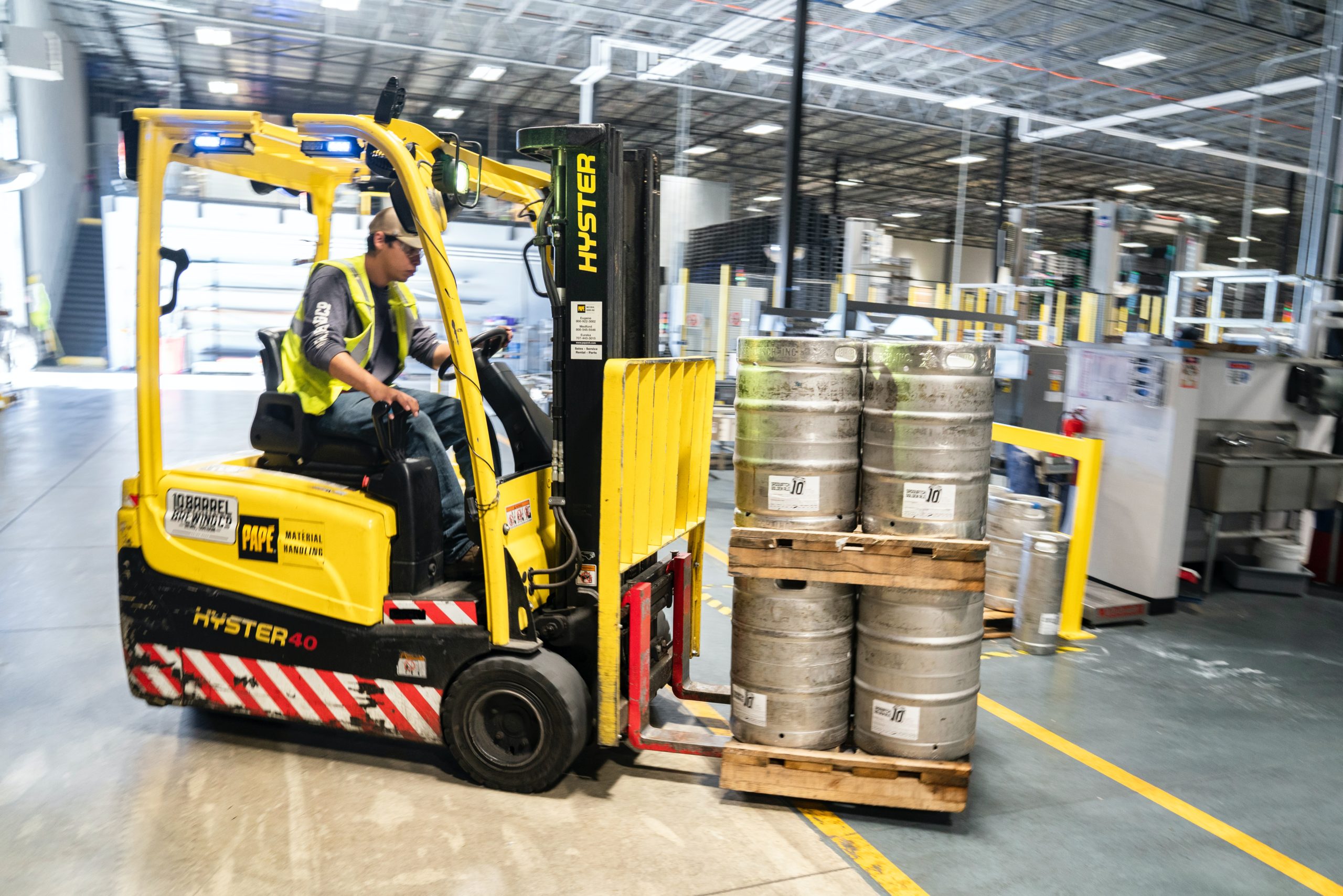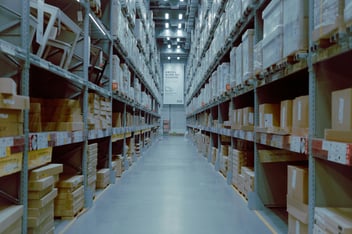Ensuring the integrity of temperature-sensitive goods is more crucial than ever. Discover the innovative strategies and technologies that will shape the future of the supply chain in 2024.
The Growing Importance of Temperature Control in Supply Chains
In an increasingly globalized world, the demand for temperature-sensitive goods such as pharmaceuticals, fresh produce, and frozen foods is on the rise. Ensuring these products remain within specific temperature ranges is vital to maintaining their quality and safety.
Any deviation from the required temperature can lead to spoilage, reduced efficacy, and significant financial losses. As consumers become more conscious of product quality and safety, the pressure on supply chains to maintain stringent temperature controls will only intensify.
Innovative Technologies Revolutionizing Temperature Management
Advancements in technology are offering new ways to manage and monitor temperature-sensitive goods. IoT devices and sensors can provide real-time data on temperature conditions, allowing for immediate corrective actions when deviations occur.
Blockchain technology is also being employed to ensure transparency and traceability in the supply chain. This ensures that temperature-sensitive goods are consistently maintained within the required parameters from origin to destination, thereby enhancing trust and reliability.
The Role of 3PL Partners in Ensuring Supply Chain Integrity
Third-party logistics (3PL) providers play a crucial role in managing the complexities of temperature-sensitive supply chains. With their specialized knowledge, infrastructure, and technology, 3PL partners can ensure that products are stored, transported, and delivered under optimal conditions.
In 2024, 3PL providers are expected to continue investing in advanced temperature control systems, dedicated cold storage facilities, and comprehensive tracking solutions, thereby offering businesses a reliable partner to safeguard their temperature-sensitive goods.
Best Practices for Managing Temperature Sensitive Goods
Effective management of temperature-sensitive goods involves a combination of robust processes and technologies. Businesses should implement strict Standard Operating Procedures (SOPs) for handling these goods, including guidelines for packaging, storage, and transportation.
Regular training for employees on the importance of temperature control, coupled with the use of real-time monitoring systems, can significantly reduce the risk of temperature excursions. Additionally, having contingency plans in place for equipment failures or logistical delays can further ensure the integrity of temperature-sensitive goods.
Future Trends in Temperature Sensitive Supply Chain Management
The future of temperature-sensitive supply chain management will be driven by continued technological innovation and increasing regulatory requirements. Artificial Intelligence (AI) and Machine Learning (ML) are expected to play a more prominent role in predictive analytics, helping businesses anticipate and mitigate risks before they occur.
Sustainability will also become a key focus, with companies exploring eco-friendly refrigeration methods and packaging solutions to reduce their carbon footprint. As consumer expectations continue to evolve, the ability to maintain the highest standards of temperature control will become a critical differentiator for businesses.





Leave a Comment